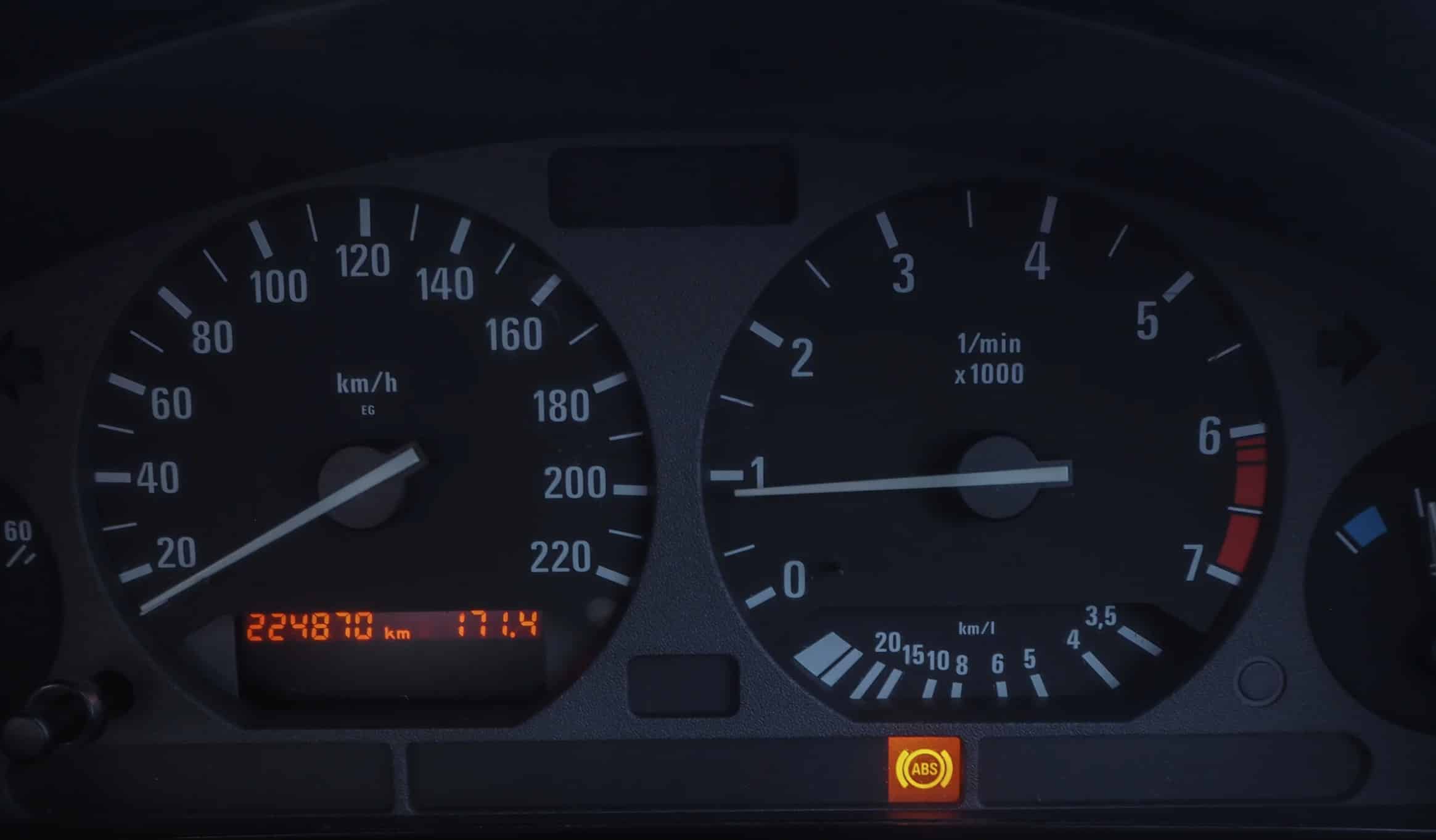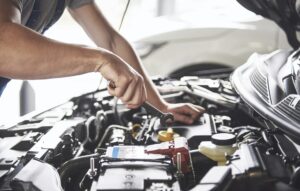ABS Sensors – How Do They Work and When Should They Be Replaced?

How does the ABS system work?
ABS (Anti-lock Braking System) is a system that prevents the wheels from locking during sudden braking. Thanks to it, the driver can maintain control over the vehicle even on slippery or uneven surfaces. This significantly increases driving safety. The system is based on special ABS sensors. These sensors continuously monitor the rotational speed of each wheel. If any of the wheels start to lose traction and lock, the ABS automatically adjusts the pressure in the braking system. It pulsatingly decreases, and then increases, the braking force.
As a result, the wheels do not lock completely, which means that the driver retains the ability to steer and avoid obstacles. This is true even during sudden or sharp braking. Not only does ABS increase braking efficiency, but it also enhances overall vehicle stability. In addition, in modern vehicles, the ABS system operates in conjunction with other advanced safety technologies. These technologies include such as the Electronic Stability Program (ESP) and the Traction Control System (TCS). Together, these systems provide a comprehensive approach to driving safety. This is especially important in challenging road conditions.
Most common symptoms of ABS sensor failure
ABS sensors operate in harsh conditions and may become damaged over time. Here are the most common symptoms of failure:
- ABS warning light on the dashboard – this is the most common signal that the system has detected a problem with the sensor.
- Uneven brake operation – if one wheel locks faster than others, it may be a sign of a faulty sensor.
- No ABS response during braking – the car behaves like a vehicle without ABS, increasing the risk of skidding.
To check the condition of the ABS sensors, it is best to visit a professional workshop for computer diagnostics. In the event that one of the sensors is found to be damaged, it is strongly recommended to replace it without delay. Otherwise, a malfunctioning ABS system can significantly compromise driving safety. Therefore, addressing sensor issues promptly is essential for maintaining full braking performance. Additionally, it is vital for overall vehicle stability.

Why is regular inspection of ABS sensors so important?
ABS sensors are exposed to moisture, mud, road salt, and varying temperatures. Even minor dirt can disrupt their operation. Therefore, it is worth checking them regularly – especially after the winter season. Cleaning and inspecting the sensors allows for early detection of problems. This prevents costly repairs. Functional sensors not only ensure greater safety but also guarantee that the braking system works exactly as it should. This is true in every road situation.



